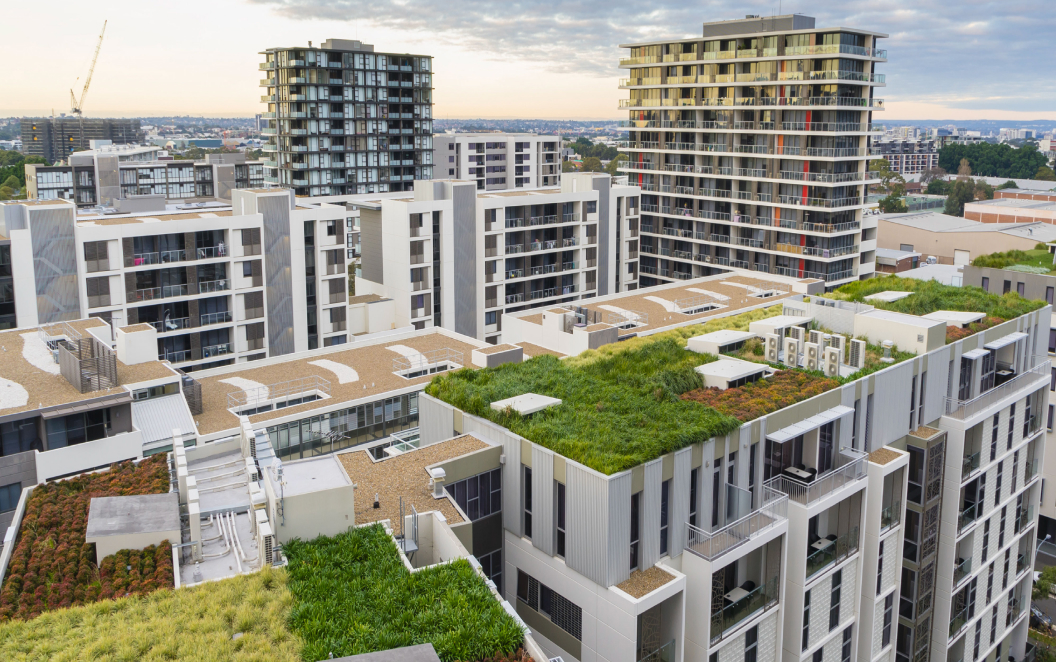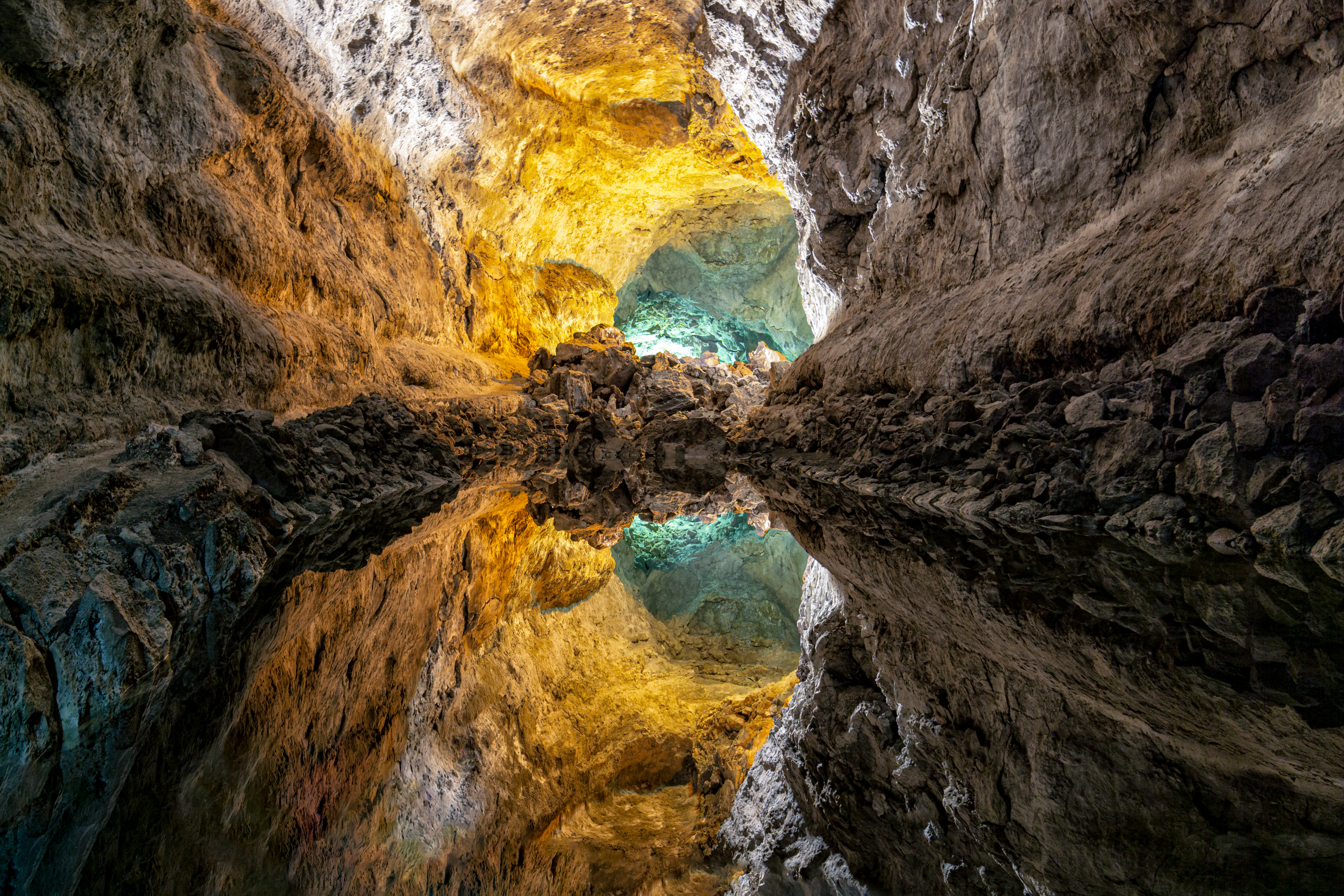
El ahorro del agua y las Edificaciones Sostenibles
FUENTE: ECOARQUITECT
El agua cumple un papel fundamental en el desarrollo de la sociedad como un requisito primordial para la salud humana, el crecimiento económico y la preservación del medio ambiente, ya que es utilizada para el consumo doméstico y público, en la agricultura y la ganadería, vías de comunicación y en la industria para la construcción. Por ello, una de las Eco Tendencias en el Ciclo de las Construcciones es el ahorro del agua en Edificaciones Sostenibles.
El recurso que todos debemos proteger:
El agua es un elemento vital para el ser humano. El planeta está cubierto por agua al 71%, del cual sólo el 2.5% es agua dulce, la misma que seguimos contaminando con la eliminación de nuestros residuos. A pesar de ello, todavía no tomamos conciencia de que no todas las poblaciones tienen disponibilidad a la misma. Se estima que 1 de cada 3 personas en el mundo no tiene acceso a agua potable para satisfacer sus necesidades.
Esta situación de abastecimiento de agua se agrava cada vez más en los últimos años. El crecimiento poblacional, la densificación de las ciudades y el desarrollo industrial son algunas de las causas del incremento en el consumo global del agua y debe ser de preocupación mundial hoy para todos, ya que se estima que hacia el 2025, dos tercios de la población mundial vivirá bajo condiciones de estrés hídrico, es decir, escasez de agua.
Según la Organización Mundial de la Salud (OMS), una persona debe consumir en promedio 100 litros de agua para satisfacer sus necesidades tanto de consumo como de higiene. Estamos dentro los 12 países que ya estarían afrontando estrés hídrico, según el último informe del Panel Intergubernamental de Cambio Climático (IPCC), y a pesar de esto, en Lima, la capital, se consume hasta 250 litros de agua por persona en algunos distritos según especialistas.
A pesar de que la Superintendencia Nacional de Servicios de Saneamiento (SUNASS) ha iniciado su campaña de ahorro del agua potable a nivel nacional desde el 2018, todavía nos queda mucho por aprender y mejorar en las prácticas del ahorro y conservación del agua, al ser este un recurso renovable limitado.
La conservación del agua en construcción:
Se hace evidente la importancia del tema del ahorro del agua y del reuso o reciclaje de las aguas residuales de viviendas, comercios e industrias. En el caso de la industria de la construcción, es responsable aproximadamente del 16% del consumo mundial de agua, por lo que los especialistas se refieren siempre a lograr una eficiencia en el uso del agua en el ciclo de vida de las edificaciones.
La construcción sostenible busca disminuir el impacto sobre el ciclo del agua en todas sus fases e introducir nuevos sistemas e instalaciones dentro de los edificios para conseguir un uso eficiente del agua.
Los edificios sostenibles incorporan tecnologías, estrategias y equipamiento desde el diseño del proyecto no sólo para el confort de los usuarios y el ahorro de energía, sino también para el aprovechamiento y reutilización del agua; hasta el proceso de construcción planificado, para lograr reducir el caudal de agua de manera significativa y obtener ahorros económicos en nuestro consumos.
¿Cómo ahorrar agua en el ciclo de vida útil de los edificios?
Cuando hablamos de conservación de agua, nos referimos a las características del diseño aplicadas a la construcción, al ahorro del agua en la etapa de ejecución de las obras, a la producción de los materiales que son utilizados para la construcción y durante la vida útil del edificio hasta su administración y mantenimiento; en sus diferentes fases para el manejo del uso racional del agua en las edificaciones.
El diseño del proyecto:
Diseño de instalaciones con tuberías seleccionadas de polipropileno (PPR) deberían ser de larga vida útil resistente a alta presión, que no se forme corrosión y que sean soldadas para evitar futuras fugas de agua.
Implementación del equipamiento sanitario para la reducción del uso del agua (Por ejemplo elección de griferías temporizadas para un menor caudal de consumo , inodoros con menor descarga o sistema de reutilización del agua proveniente de lavaderos y duchas para ser usada en la descarga de los inodoros).
La eficiencia con respecto al uso del agua en un proyecto de construcción tiene que ver con ahorrar al máximo el agua potable y cuando se pueda reemplazar el agua potable, aprovechar a través de reciclaje de aguas residuales o producto de las lluvias:
– Recolección de aguas pluviales para inodoros, riego de jardines o limpieza domiciliaria o industrias.
– Reutilización de aguas grises a través de un sistema de tratamiento.
Inclusión de equipamiento con control de horarios de uso, almacenamiento y distribución del agua caliente.
-Reducción del uso del agua a través de la implementación de tecnologías como el uso de sistema de riego tecnificado de áreas verdes (tipo goteo).
-Con intervención de paisajismo, la utilización de jardinería tolerante a la sequía en lugar del riego y adaptación de las plantas a las condiciones climáticas de la zona.
-Realización de estudio de factibilidad del proyecto para revisar la contaminación de napas freáticas y flujos de agua.
-Elección de ecomateriales para la construcción sostenible.
Ejecución de la obra:
-Diferenciación de uso de agua de lluvias para riego, eliminación y control de polvo y de agua dulce para los trabajos de compactación de suelos, vaciados de elementos civiles, curado de estructura y trabajos húmedos como albañilería, revoques y enchape.
-Utilización de sistemas constructivos que requieran menos consumo de agua.
-Reutilización del agua en pruebas de instalaciones para evitar desperdicios en el uso de grandes volúmenes de agua para la puesta en servicio de instalaciones.
-El control y gestión de calidad del sistema de uso del agua para asegurar el correcto funcionamiento de aparatos sanitarios en su máximo potencial, previniendo que no existan fugas.
Administración y mantenimiento del edificio:
-Elección adecuada de electrodomésticos con calificación energética superior para los usuarios con ahorro de consumo de agua.
-Reparación inmediata de fugas o filtraciones, para dar solución a posibles pérdidas de agua.
Normativa peruana para el ahorro del agua en edificios:
En el Perú cuando una edificación opta por una construcción sostenible, se rige según el Decreto Supremo DS 015-2015 Código Técnico de construcción sostenible. Para el ahorro de energía y reuso de aguas residuales domésticas tratadas, se debe cumplir esta norma que en su artículo 11.2 Eficiencia hidráulica y al ser agua tratada debemos aplicar la norma DS-015-2015 MINAM o en su defecto DS 003-2010 MINAM.
Asimismo, hace falta la reglamentación que comprometa la incorporación de sistemas de reciclaje de desagües en las edificaciones como parte de una política de ahorro de agua. Sin embargo existen normas que promueven su adopción y al utilizarlas se deben cumplir con respecto a las aguas servidas. Dependiendo del proyecto se verá si se opta por una planta de tratamiento de aguas residuales (PTAR ) o una planta de tratamiento de aguas grises (PTAG)
El DS 003-2010 MINAM, se utiliza cuando se va realizar una planta de tratamiento de aguas residuales (PTAR). Esta norma indica los límites máximos permisibles para descargar a cuerpos receptores.
El DS 015-2015 MINAM, se utiliza para plantas de tratamiento de aguas grises (PTAG) y reuso de agua para riego de aguas de áreas verdes. Estos son los estándares de calidad ambiental llamados ECAS. Cuando realizamos una planta de tratamiento de aguas grises se realiza un estudio al agua tratada para ver que se cumpla los parámetros físico-químicos establecidos en esta norma.
El Estado promueve el financiamiento de construcciones sostenibles a través del Bono MiVivienda Verde, resaltando los beneficios de la inversión de estas edificaciones según el Decreto Supremo DS 015-2012 -VIVIENDA, reglamento de protección ambiental para proyectos de vivienda, urbanismo construcción y saneamiento, en el cap VI. con ahorros significativos en energía y agua.
El desafío en el ahorro del agua:
La adopción de estos sistemas y tecnologías en edificaciones para la conservación del agua es voluntaria, sin embargo, debe ser responsabilidad de todos los profesionales del diseño y construcción, promoverla a los clientes y futuros usuarios en todas las etapas del proyecto y del ciclo de vida útil del edificio.
En tiempos actuales de pandemia, donde la necesidad de agua es inminente por los procesos de higiene, desinfección y limpieza, es importante revalorar nuestro recurso hídrico. En nuestra capital, por un lado tenemos la problemática de los asentamientos humanos donde no tienen acceso a la red de agua potable por la autoconstrucción de sus viviendas, mientras que por otro lado, en otros distritos hay gastos desmedidos en el consumo de agua.
El tema del acceso de agua potable es un desafío que toca resolver no sólo a las instituciones del Estado y a las empresas privadas sino a todos los beneficiarios, fomentando así la concientización de la escasez del agua y una gestión integral, equitativa y eficiente para todos.




